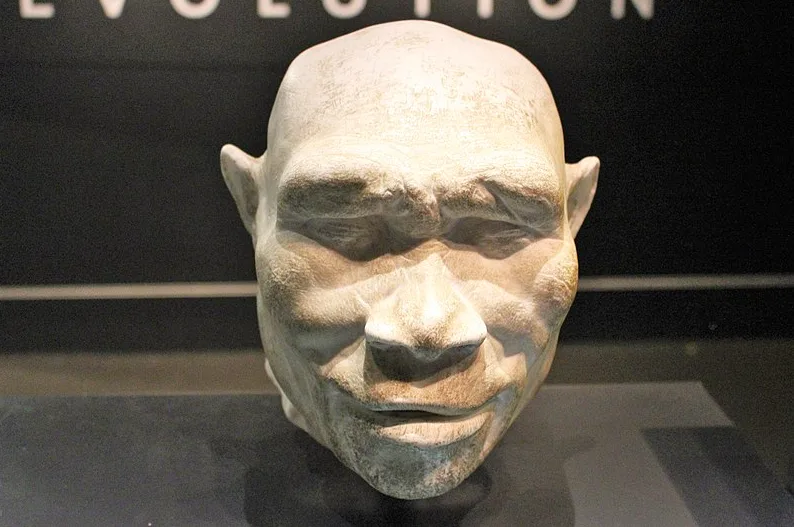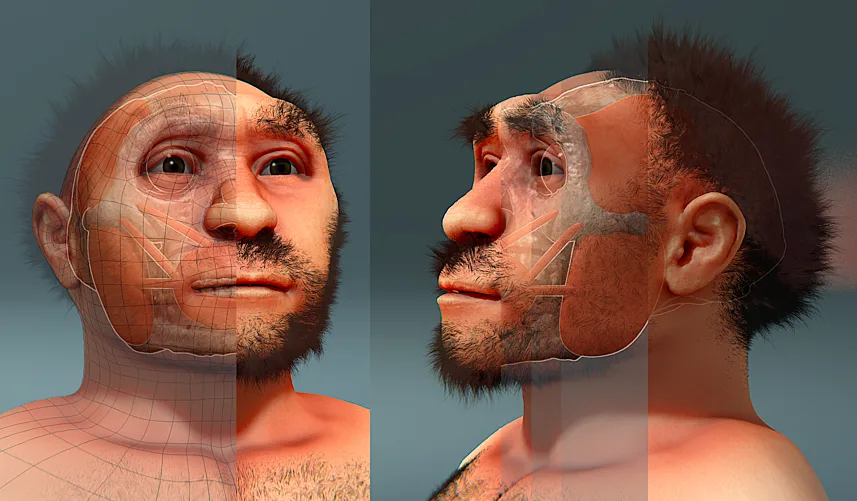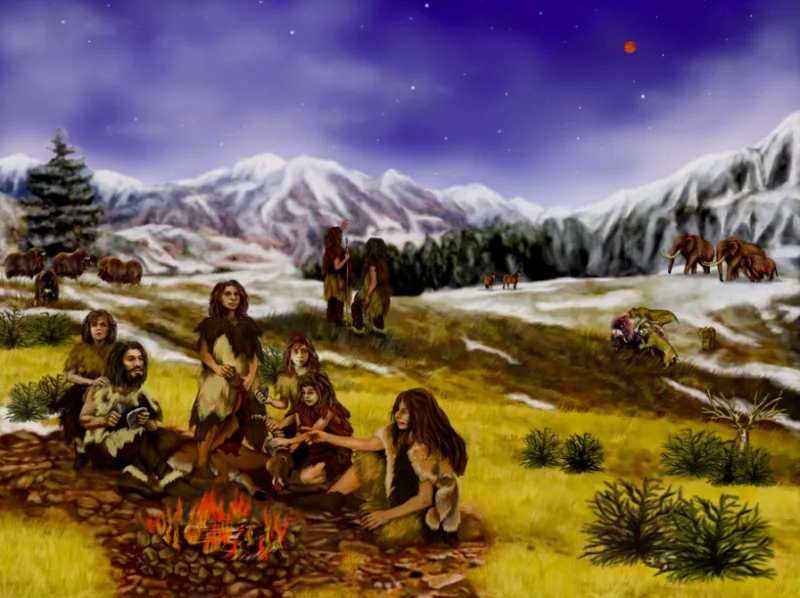
Ancient human species may have gone extinct because of climate change
Researchers say several Homo species lost a significant portion of their climatic niche space before they went extinct.
While most scientific records indicate that the genus Homo evolved over 2 to 3 million years ago, what caused their extinctions remains contested. Modern humans, Homo sapiens, are the only hominins that have survived millions of years of changing conditions, and a study published in the journal One Earth speculates that the role climate change played in the extinction of ancient human species is largely overlooked.
The Homo genus is divided into at least six species, but the researchers say attention is mostly drawn to the disappearance of the Neanderthals, due to their relative similarities to ancient H. sapiens. The study says that “almost all existing [studies] point to either climate change or to contact with the technologically advanced H. sapiens as the potential causal explanations.”
The researchers say that competition, both between several species or within a species, and climate changes are considered to be “the most important factors explaining species extinction.”
FOSSILS, CLIMATE MODELS TO STUDY HOMINIMS
Six of the species in our Homo genus were investigated by the researchers to determine the influence environmental changes had on their survival. Fossil records were referenced to simulations of the climates that these species lived in, which included factors such as rainfall, temperature, and the amount of carbon dioxide ecosystems were capturing from the atmosphere.

Model of a Homo erectus head at the Natural History Museum in London, England. Credit: Emőke Dénes/ Wikimedia Commons
Fossil records indicate that all six Homo species exhibited niche conservatism during their existence, which means that they spent most of their time in specific environments, likely due to the suitable climate and natural resources that were available. However, the researchers note that this might have made them particularly sensitive to changes in the climate, which would have been difficult to adapt to.
The data revealed that three Homo species experienced a sudden shrinkage in their climatic niche right before they vanished. Two extinct species, H. heidelbergensis and H. erectus, faced “highly unusual climatic conditions before extinction.”
The H. erectus settled under the warmest, most humid climates that were available in their region in South East Asia. The researchers said that unsurprisingly, the extinction of H. erectus occurred during the last glacial period, which was the coldest climate that species had ever endured. The H. heidelbergensis found themselves in the same predicament as they also lived in relatively warm areas in the Indian sub-content and Southern Asia.

An independent artist's intrepretation of a Homo erectus. Credit: Cicero Moraes/Wikimedia Commons
The Neanderthals lived in more arid, warm climates in the Mediterranean area, but were less vulnerable than the H. heidelbergensis and H. erectus to extinction caused by climate change. The calculations revealed that H. sapiens were widening its climatic niche as the Neanderthals vanished. The study notes that the causes for the Neanderthals’ demise are widely contested and likely include a number of factors, but asserts that climate change likely had a significant influence.
The researchers say that their findings provide the “first strong evidence that climate change was a common extinction factor shared by all our ancestors.”
SURVIVAL AMIDST THE CHANGING CLIMATE
In terms of Earth’s evolutionary biology, extinction is a normal event as genetics change with each successive generation, habitats are lost, or other environmental stressors, such as asteroids, strike. However, the study emphasizes that climate change has wiped out thousands of species, and is certainly capable of repeating itself.
“For vanished human species, extinction had a candid, unquestionable climatic drive, which in the case of Neanderthals adds to the effect of competition with ourselves. Notably, Homo sapiens is the only species whose climatic niche was still expanding toward the end of our analysis, when the Neanderthals went extinct,” the study states.

Artist's rendition of Earth approximately 60,000 years ago during the Pleistocene. Credit: NASA/JPL-Caltech
Several cognitive skills, including fire control, garment making, and the ability to travel were all cited as reasons for why H. sapiens were able to survive ancient climate change. While the researchers note that the methodology they used for this study cannot be used to model the future of H. sapiens, they emphasize that our future depends on the health of the planet.
"Even the brain powerhouse in the animal kingdom, [the Homo genus], cannot survive climate change when it gets too extreme," says paleontologist Pasquale Raia, of the University of Naples Federico II, one of the study's authors in an interview with Sapiens.
"People should mind that, given the current mayhem we are causing."
Thumbnail credit: ©Adobe Stock












